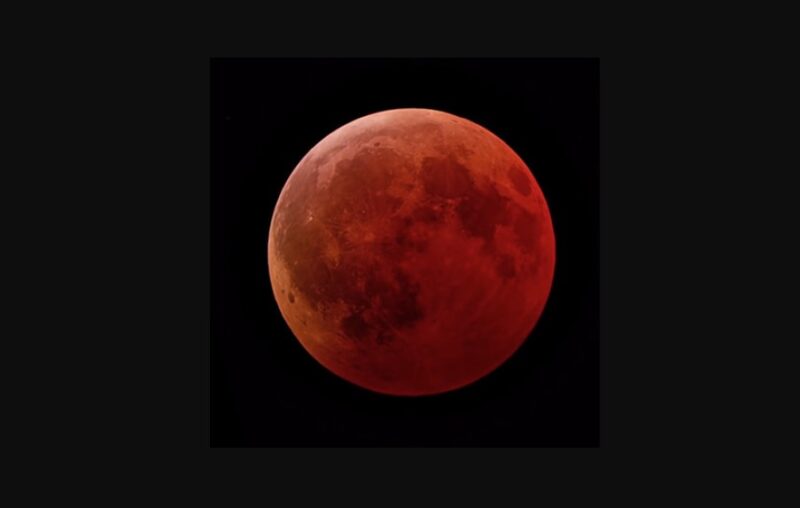It’s time to gaze up at the night sky to see the special celestial shenanigans the universe has in store for the Santa Clarita Valley in February and March. The best part of these astronomical events is that they can all be viewed with the naked eye. No special, expensive equipment or skill is required.
Feb. 16 Venus at Greatest Brightness
Venus reached greatest elongation, its farthest distance from the Sun, in January. Elongation is when a planet is farthest from the sun with Earth as the reference point. Elongation is a good time to view planets as they can be easier to spot in the night sky. However, even better than elongation is brightness. On Sunday, Feb. 16, Venus reaches its greatest brightness.
Feb. 28 Alignment of Seven Planets
In the evenings around Friday, Feb. 28, look up to see seven planets gracing the night sky in a “planetary parade.”
If you missed seeing the alignment of six plants in the sky in January, you are in luck, the Feb. 28 event is rarer and will offer the entire pantheon of the Earth’s family of planets.
Five planets, Saturn, Mercury, Venus, Jupiter and Mars, will be visible to the naked eye, while Uranus and Neptune will require a pair of binoculars or a telescope to view.
“Planetary alignment is an astronomical term used to describe the event when several planets gather closely on one side of the sun at the same time,” according to the Star Walk website, starwalk.space/en/news.
While four- and five-planet alignments can occur multiple times a year or so, a full seven-planet alignment is much rarer. This usually occurs only once every few years.
The next seven planet alignment is expected in 2028.
Tips for Viewing
NASA.gov suggests to start looking for the “planet parade” as soon as the sun sets below the horizon. Look up within 90 minutes after sunset to catch the full alignment.
Find an area well away from the city or street lights. Lie flat on your back with your feet facing northeast and look up, taking in as much of the sky as possible.
The moon will not a be problem during the full planetary alignment. On Feb. 28 the moon in the SCV will not appear until the next morning after 6 a.m.
March 7 Mercury Elongation
Mercury will be at greatest elongation on Friday, March 7. Mercury will be to one side of the sun and at its greatest distance from the sun on Earth’s sky dome. This is the best time to see Mercury, a plant that is usually difficult to spot because of its close location to the sun.
March 13 Total Lunar Eclipse
A total lunar eclipse occurs when the moon passes completely through the Earth’s dark shadow, or umbra. The moon will gradually get darker and then take on a rusty or blood red color. The eclipse will be visible throughout all of North America, Central America and South America.
In Santa Clarita the eclipse will begin at 8:57 p.m. on Thursday, March 13 and reach maximum, total eclipse at 11:58 p.m. The eclipse ends in the early morning hours of Friday, March 14 at 3 a.m. The eclipse event will last a total of six hours and three minutes.

March 14 Worm Moon.
This full moon was known by early Native American tribes as the Worm Moon because this was the time of year when the ground would begin to soften and the earthworms would reappear. This moon has also been known as the Crow Moon, the Crust Moon, the Sap Moon and the Lenten Moon. Moonrise in Santa Clarita will be on Friday, March 14 at 7:41 p.m.
How to Find the Planets
Now you know when to search for planets, but how do you locate the orbs? There are several helpful apps that will show you where to look. It is important to be able to search for a planet’s location relative to where you are located on Earth.
That’s where the apps come into play. An app will see your physical location on Earth and be able to show you where the planet you are searching for can be found in your slice of the night sky.
SkySafari 7, is a top-rated app that offers a large database of celestial objects and the ability to point your phone at the sky to see what you’re looking at in real-time.
Other popular apps are: Night Sky 11 for iPhones, NASA app, Star Walk 2 for beginners, SkyView and Star Chart.
Sky Tonight by Star Walk is a new stargazing guide that allows you to point your phone at the sky and it will show you the real-time positions of celestial objects on an interactive map. Activate the augmented reality mode and see the sky map overlaid on the image from your camera.
The Local Group Astronomy Club
If you are interested in more information about what’s happening in the night sky over the Santa Clarita Valley, attend a meeting of The Local Group Astronomy Club held on the second Thursday of each month at 7 p.m. in the meeting room at Barnes & Noble Booksellers, 23630 Valencia Blvd., Santa Clarita, CA 91355.
The next meeting will be held at 7 p.m. on Thursday, March 13. The meetings are free and open to the public.
Presentations include talks on a variety of topics by knowledgeable club members and special guest speakers from Caltech and JPL.
For more information visit /lgscv.org.
Griffith Observatory
The Griffith Observatory is another great resource for night sky information. To read the monthly Sky Report visit bit.ly/4aSlY15.













